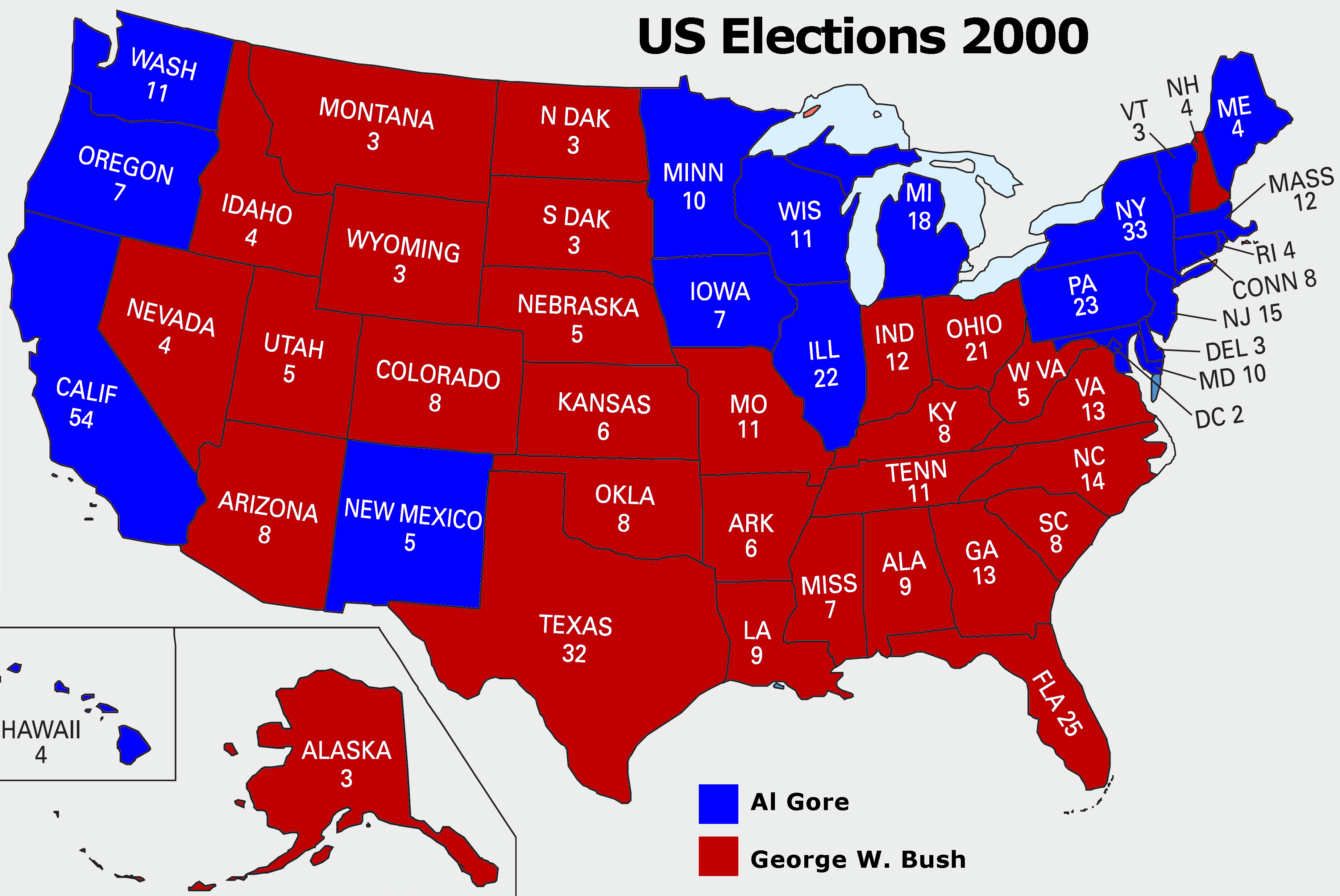Abigael Evans should be happy. She’s the four-year-old who’s so sick of the election that she cried. Her tears went viral.
It should all be over soon, although we’ll have to wait a bit for the official tabulation of the Electoral College.
Here’s how it works: Each state has a number of electoral votes equal to its number of Representatives plus two Senators. California has the most (55). Alaska, Delaware, Montana, North Dakota, Vermont, and Wyoming have the least (three each). Under the 23rd Amendment, the District of Columbia has the same as the least populous state (three).
The candidate who wins the popular vote in a state receives all the state’s electoral votes (except in Maine and Nebraska, where electors are awarded by congressional district). The first candidate to amass a majority of electoral votes (270 out of 538) will become President.
The Electoral College ensures that the President is chosen by a constitutional majority. Candidates will be “moderated by the need to accommodate a variety of interests and viewpoints,” as Charles Kesler puts it. Candidates who focus too narrowly on a handful of states, regions, or metropolitan population centers will not be successful in the Electoral College.
There are no permanent “safe states” under the Electoral College. Some states “have simply already made up their minds based upon the years of decisions that preceded the election,” explains Tara Ross. Yet when a state ceases to be satisfied, it either becomes a safe state for the opposite political party or a swing state.
To date, President Obama and Governor Romney have visited the same 26 states. This list includes “purple” Pennsylvania, Ohio, Florida, and Virginia. But it also includes solidly blue states (California, New York) and deep red ones (South Carolina, Texas). Those states, after all, are where the money is.
The Electoral College magnifies the margin of victory, thereby giving a new President a burst of momentum.
For instance, in 1960, John F. Kennedy won only 49.7 percent of the popular vote, compared to Nixon’s 49.5 percent. However, Kennedy won 56 percent of the electoral vote, compared to Nixon’s 41 percent.
In some 200 years, only three Presidents won the Electoral College but lost the popular vote: Rutherford B. Hayes (1876), Benjamin Harrison (1888), and George W. Bush (2000).
When that happens, some want to exchange the Electoral College for a national popular election. Yet as Kesler argues, the choice is not between a democratic and an undemocratic process:
[T]he issue is democracy with federalism (the Electoral College) versus democracy without federalism (a national popular vote). Either is democratic. Only the Electoral College preserves federalism, moderates ideological differences, and promotes national consensus in our choice of a chief executive.
What about a tie? If no candidate wins a majority of the Electoral College, then according to the 12th Amendment, the House of Representative selects the President, and the Senate chooses the Vice President. In the House, each state gets one vote, and the candidate who gains a majority (26 votes) wins. In the Senate, each Senator votes, and 51 votes are required. These contingent elections are rare. On two occasions, the House has selected the President (1800 and 1824); the Senate selected a Vice President once in 1836.
Tomorrow, voters in 50 states and the District of Columbia head to the polls to choose our next President. The Electoral College system isn’t perfect, but it’s still the best system for our federal republic, and hopefully that can convince young Abigael to stop weeping.
